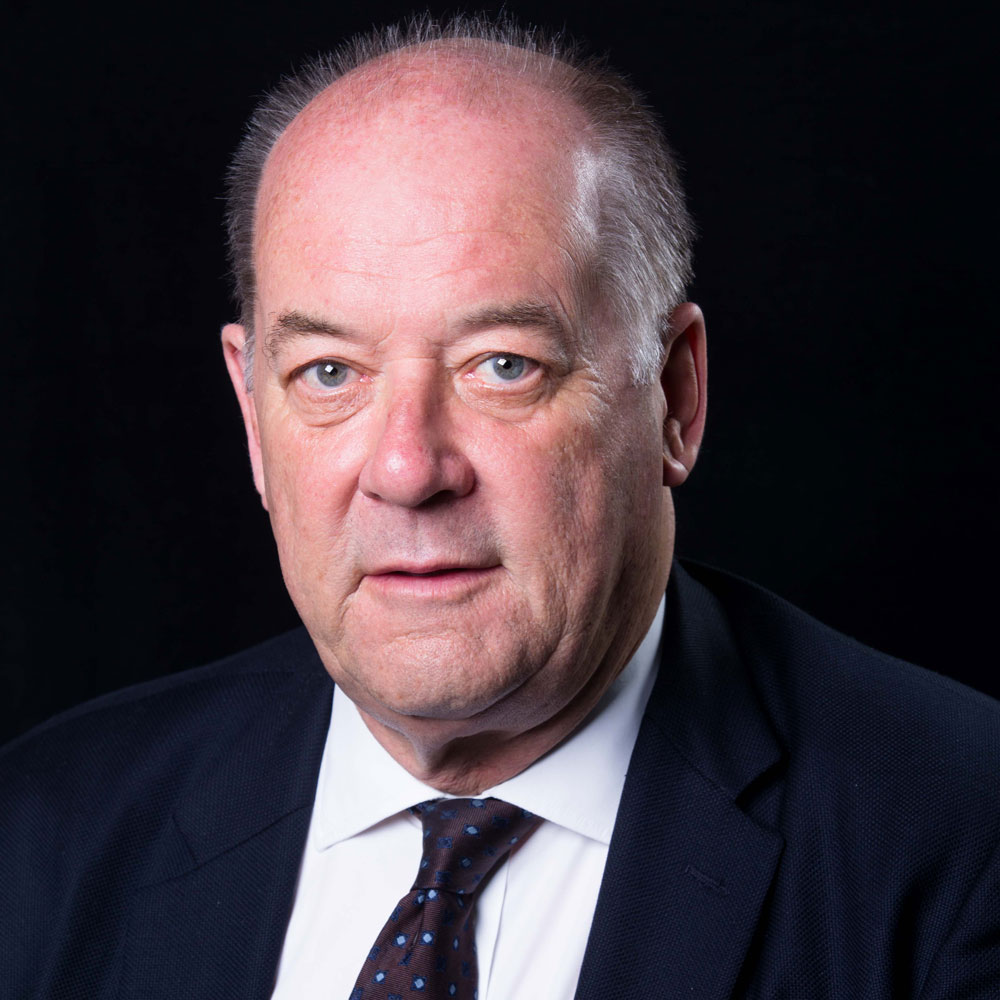Will formalwear weather the winter energy storm?
AWI Global Strategic Advisor Peter Ackroyd considers whether the high energy prices and economic woes this winter in the Northern Hemisphere will affect the post-COVID resurgence in the formalwear sector. Mr Ackroyd is a former President of the International Wool Textile Organisation and is Chief Operating Officer of the Campaign for Wool.
The media over the summer in the UK (and to a lesser extent, the rest of Europe) has been full of nautical and aeronautical references to what promises to be a winter of discontent like no other, as energy costs spiral and inflation pushes towards 1970s’ levels of 10% plus. ‘Headwinds’, ‘turbulence’, ‘choppy waters’, even ‘tidal waves’ are words frequently used by the serious and less serious media to forecast impending catastrophes as UK and European domestic and corporate consumers await the ‘meteorite’ heading their way.
Will this put the brakes on the surge in ‘revenge’ buying that has seen a welcome and significant reversal of misfortune that bedevilled mainly worsted weavers in UK, Italy, Turkey and China during the darkest days of the COVID pandemic, when Merino woven business for sleeved apparel slumped by anything from -50% to -70%?
Previous reports illustrated the plight of several UK Woolmark licensees usually weaving 1.1 million metres per annum, down to 350,000 metres at the height of the pandemic. These manufacturers are now back working at full capacity when, ironically, the labour market is probably as tight as it has been since the dark days of the 1970s.
The harvest is indeed plenty, but newly skilled workers are painfully few. In London, signs of a slowdown in the post-COVID formal and semi- formal market are, to date, few to non-existent. John Lewis, the retail barometer of middle England, reports an unprecedented +60% surge in suit sales and, perhaps even more encouraging, a +75% increase in women’s blazer sales… a growing trend in tailored Merino women’s wear across Europe and North America.
These welcome signs that consumers are casting off all the tedious trappings of lockdown life are accompanied with some more, often amusing, retail figures released in the recently published John Lewis How we shop, live and look report that recorded a -68% drop in jigsaw puzzle sales, a slump in sales of foldable desks and, the joyous news that sales of ghastly ‘life in lockdown loungewear’ velour tracksuits had fallen by -60%. It will perhaps come as no surprise that sales of ladies’ ‘occasion’ hats rose by +168%, given the inordinate number of weddings and outdoor festivals taking place over the summer across the Northern Hemisphere.
A recent survey carried out on London’s Jermyn Street, revealed robust autumn activity at middle to upper market men’s wear specialists Moss, Charles Tyrwhitt, Hawes & Curtis, Roderick Charles and the more up market New & Lingwood, as suits and jackets, more often than not with weavers’ woven labels (British and Italian) attached to the sleeve, were selling at well above pre-pandemic levels. Suit prices, sold mainly as optional jacket and trouser separates, were averaging around £480 (AU$820).
Weavers hope significant new fabric orders for the Northern Hemisphere autumn/winter 2023/24 season will be forthcoming in the new year in the aftermath of robust retail sales at brick and mortar stores this season. There are a couple of looming problems, however. Recently announced European worsted fabric price increases of +25% for delivery in eight months’ time will hardly bring back the stability the market so desperately needs. Some cold comfort can be taken from news that price increases in the polyester industry are in line with, if not more severe than those in the wool industry… and the finger points firmly at rising energy costs. Recent news of the shenanigans of landlords on London’s Savile Row who want to turn part of the street into a rich man’s amusement park with cafés and ‘interactive experiences’, provoked a sharp reaction from the long-established bespoke houses, who, in challenging change on the Row, revealed in press interviews that business was actually booming like never before. Attempts to order a suit from one of the houses confirmed an all too familiar six-month lead time.
Did reports that bespoke tailors Henry Poole, Dege & Skinner, Huntsman, Anderson & Sheppard and Richard Anderson were ‘pulled out of the place’, inspire Frasers Group, run by Mike Ashley’s son in law Michael Murray, to consider bidding for beleaguered Gieves & Hawkes, owner of the freehold of No1 Savile Row? The group has a record of buying distressed businesses and has added Evans Cycles, Agent Provocateur, Game, Sofa.com and Misguided (bought out of administration for £20 million) to its growing collection of brands and has recently made an offer for MySale, the AIMlisted Australian online retailer.
Murray is said to want to use the MySale ‘flash sales’ website to increase growth in Australia and New Zealand and as a medium for clearing end of line stock. Of current particular interest is Frasers’ recent raise in its stake in Hugo Boss, said to stand at €900 million, around 5% of the company’s total share capital. As owners of the up-market fashion retailer Flannels, an important Boss customer in UK, Frasers seems determined to secure a dominant position in the accessible luxury men’s and women’s wear market. Let us see if No1 Savile Row is added to the expanding portfolio, a move that would help confirm the all-important formal sector is on the road to recovery and relatively secure for the foreseeable future.
Source: AWI, Beyond the Bale magazine December 2022
Photo: AWI Global Strategic Advisor, Peter Ackroyd


